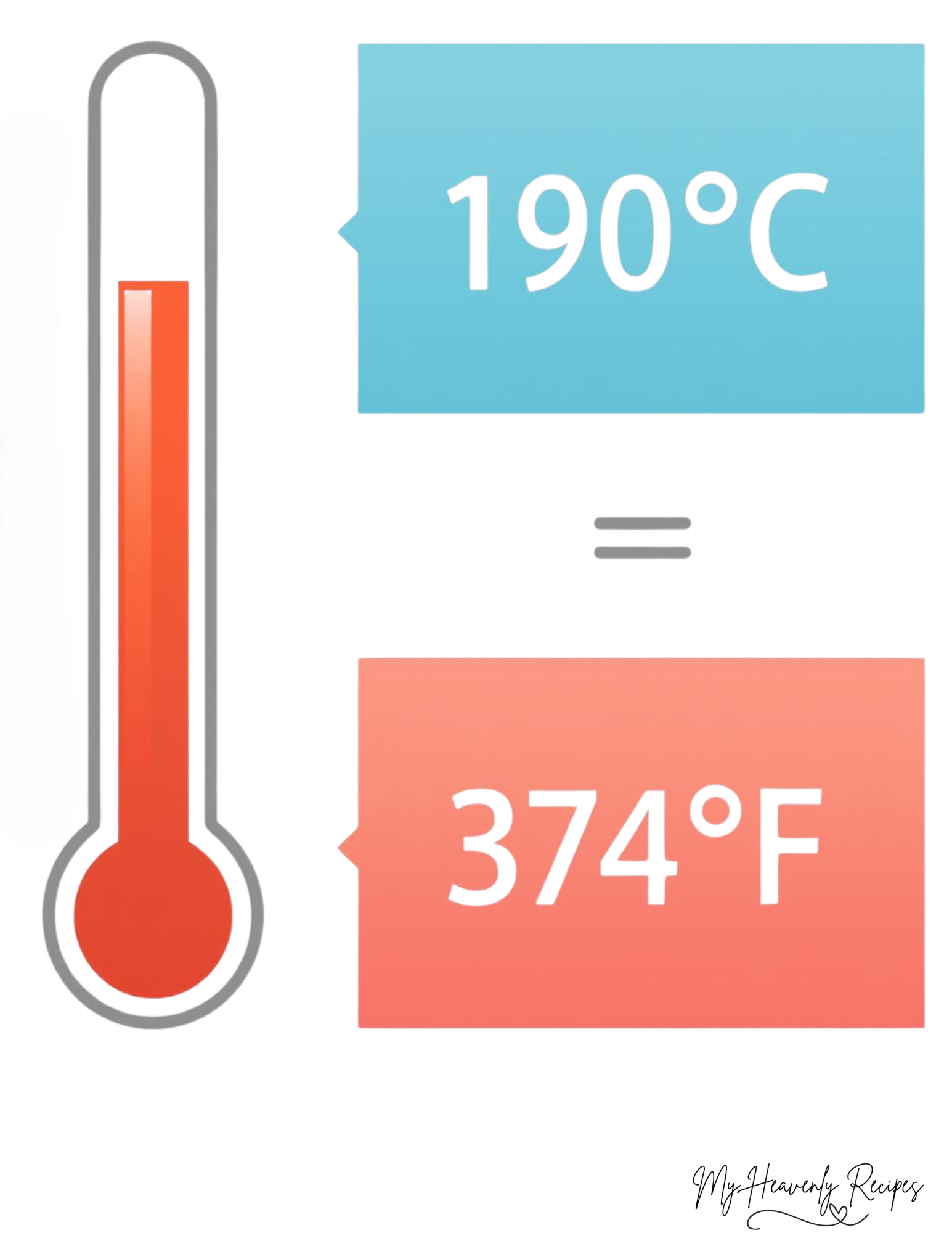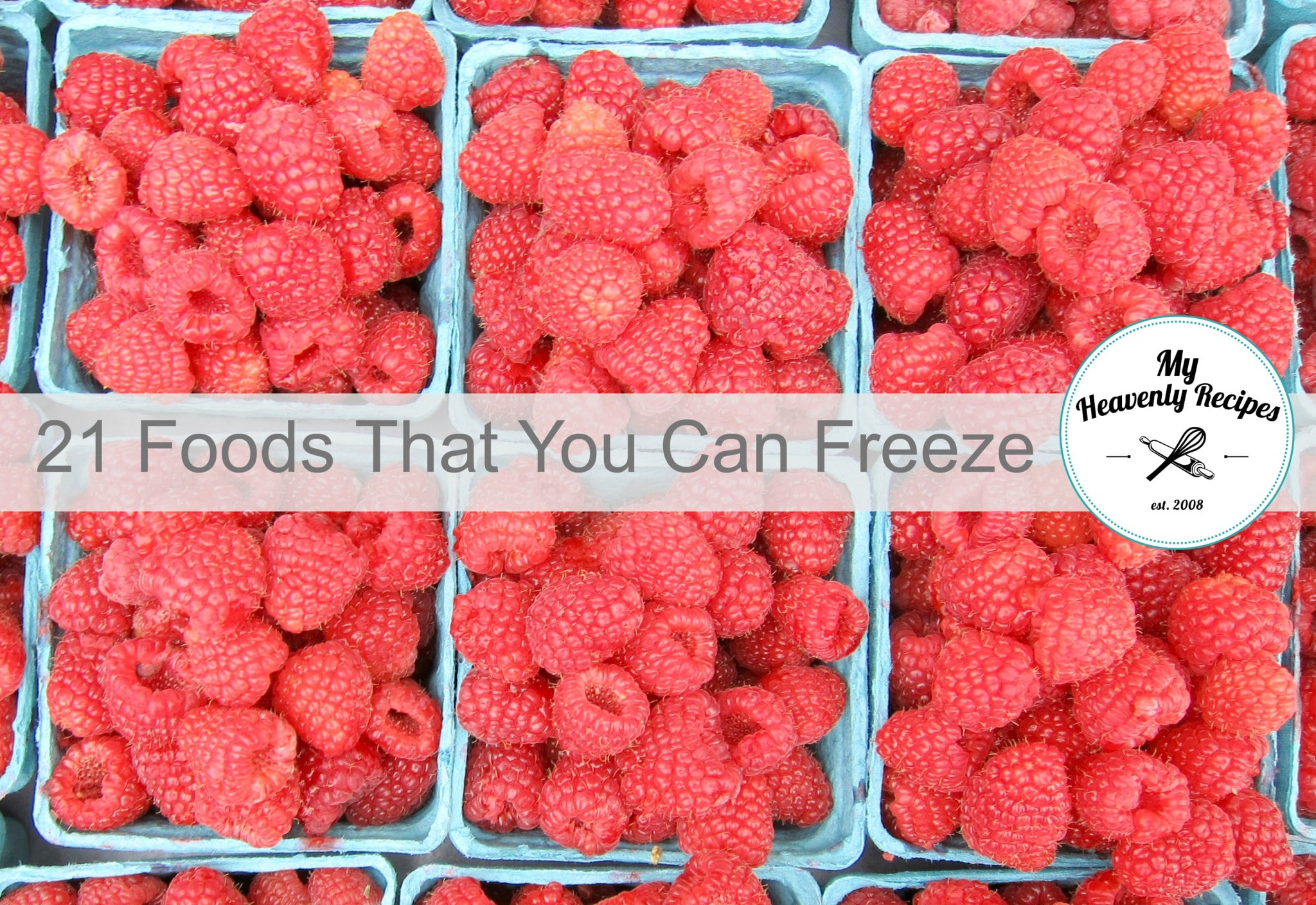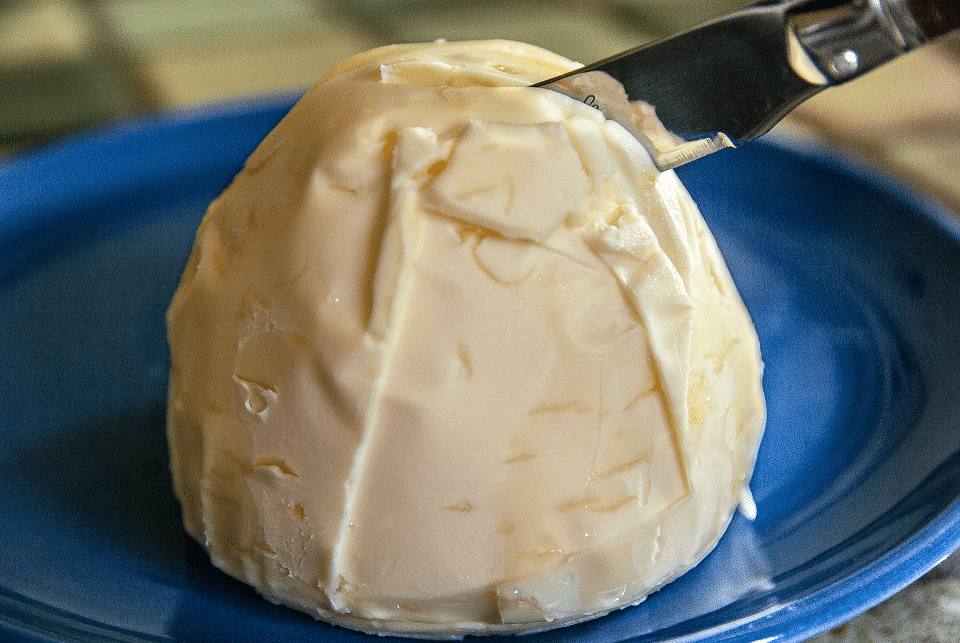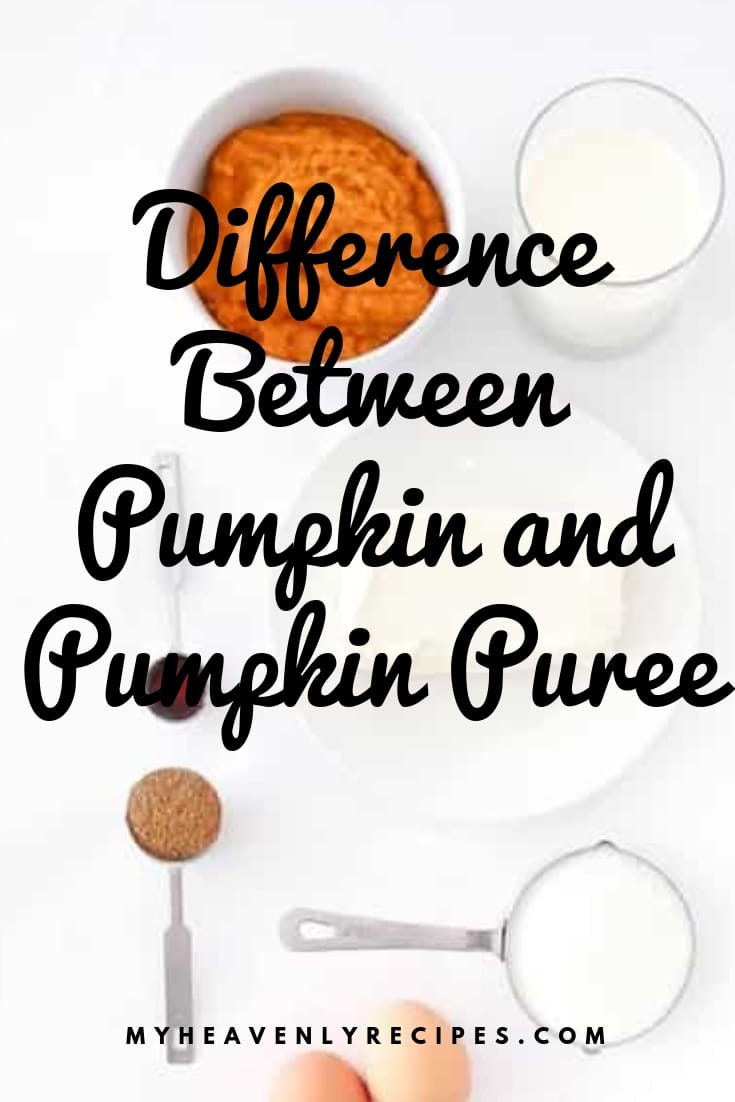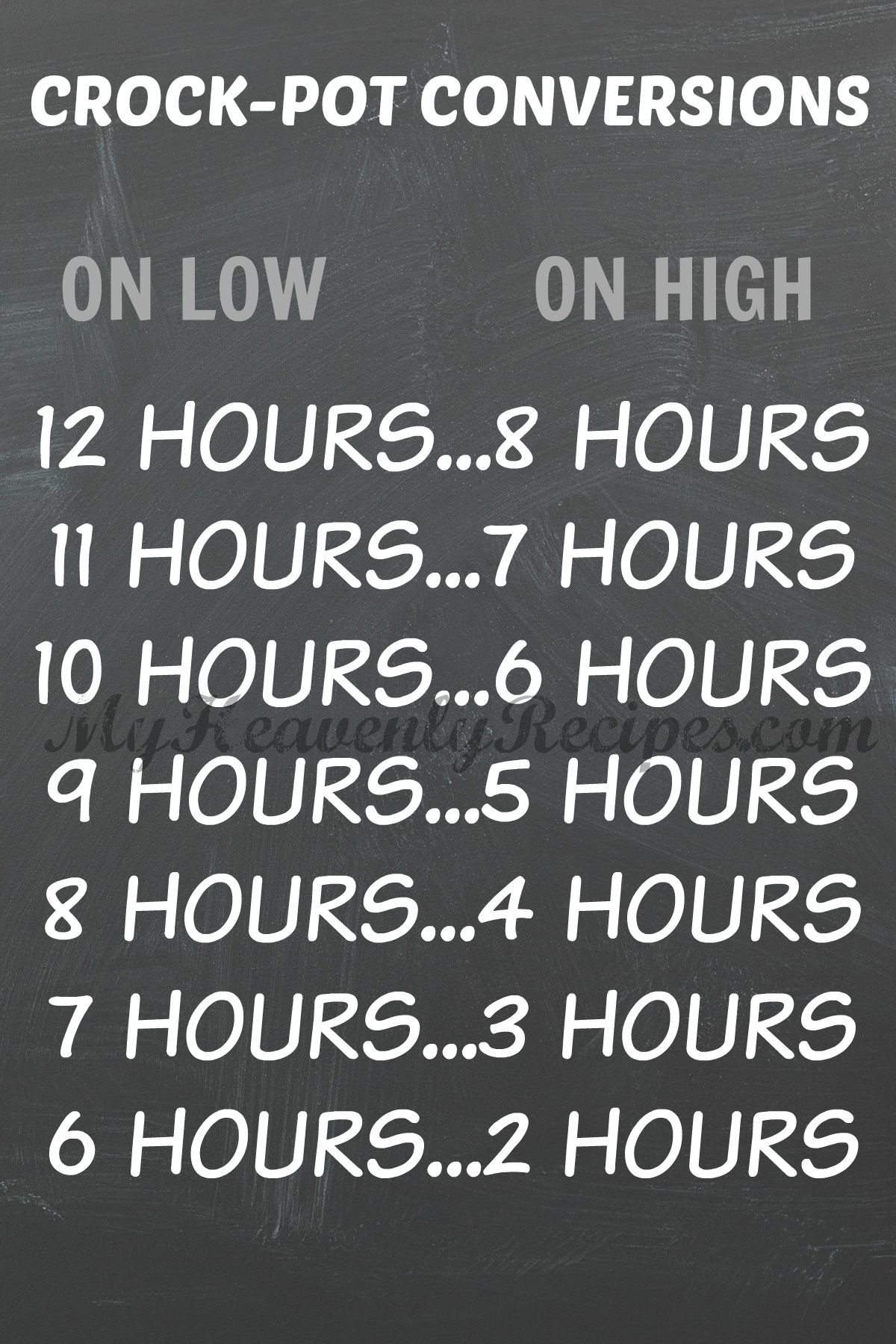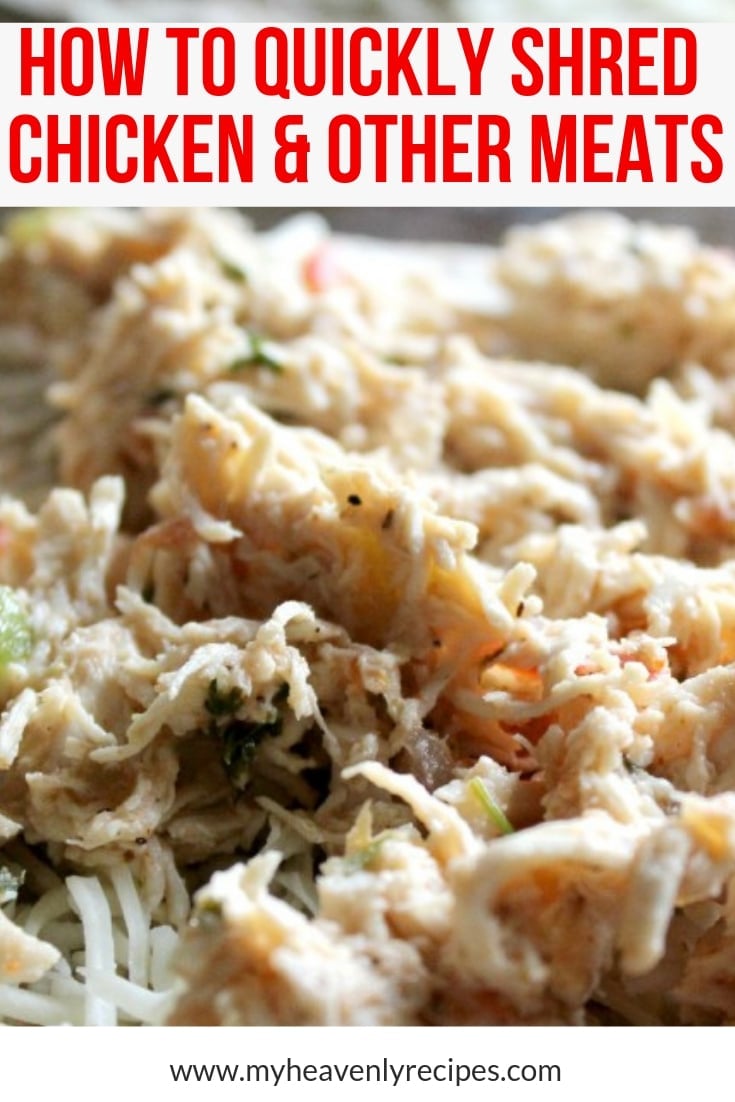Baking Soda vs Baking Powder (What’s the Difference?)
Baking Soda vs. Baking Powder
Hey there, fellow kitchen explorer! If you’ve ever peeked into your baking cabinet and wondered, “Wait, what’s the deal with baking soda and baking powder? Are they the same thing? Can I swap one for the other?” — you’re not alone.
These two baking staples look similar, but they do very different jobs in the kitchen. Understanding how each works can totally up your baking game, whether you’re whipping up pancakes, cookies, or the fluffiest cake.
Let’s break it down in a way that’s easy to remember and actually useful!
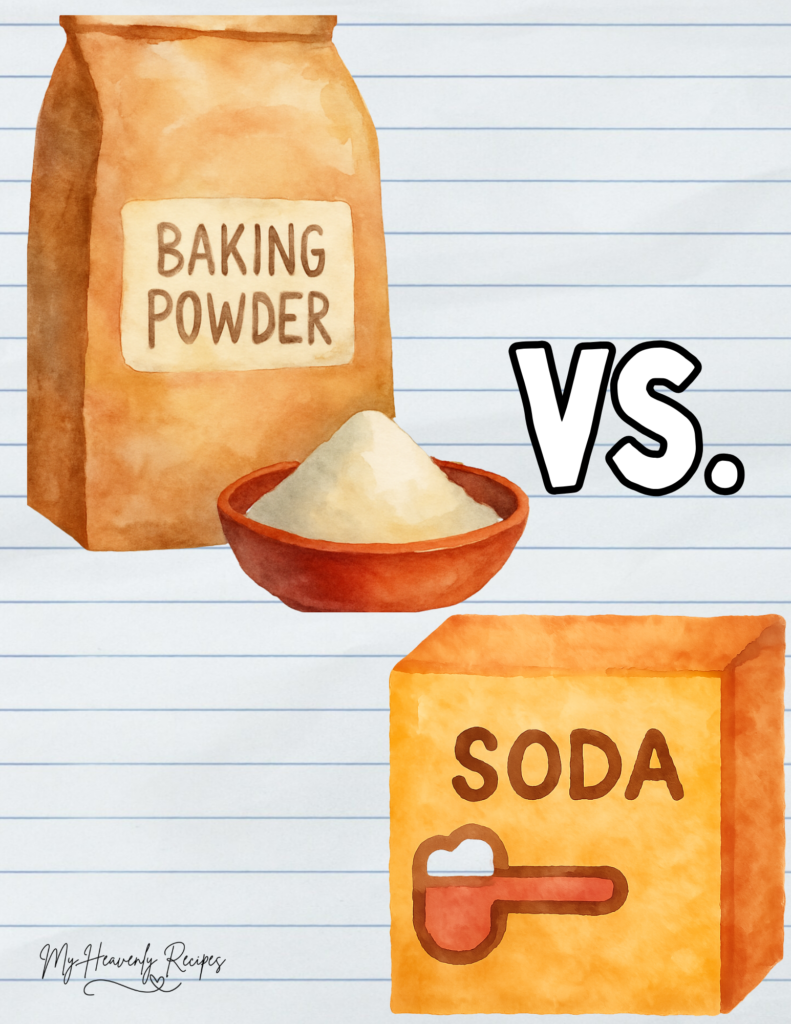
What Are They, Really?
Baking Soda (Sodium Bicarbonate)
Baking soda is a pure chemical compound (sodium bicarbonate). It’s a base, which means it needs an acid to react with—like lemon juice, yogurt, buttermilk, or vinegar. When it meets acid and moisture, it produces bubbles of carbon dioxide gas. Those bubbles get trapped in the batter, making your baked goods rise and become light and fluffy.
Baking Powder
Baking powder is a mix of baking soda plus an acid already built-in (usually cream of tartar) and a drying agent like cornstarch to keep it shelf-stable. Because it already contains acid, it only needs moisture to start working. Some baking powders are “double-acting,” meaning they react once when wet and again when heated for an extra rise.
How They Work: The Science Behind the Magic
| Feature | Baking Soda | Baking Powder |
|---|---|---|
| Composition | Pure sodium bicarbonate | Baking soda + acid + cornstarch |
| Needs Acid? | Yes | No (already contains acid) |
| Activation | Reacts immediately with acid and moisture | Reacts with moisture and heat (double-acting) |
| Use | Recipes with acidic ingredients (buttermilk, lemon) | Recipes without acidic ingredients |
| Taste Impact | Can taste bitter if not neutralized | Neutral, balanced flavor |
When to Use Which?
- Use baking soda when your recipe includes something acidic like yogurt, brown sugar, buttermilk, or citrus juice.
- Use baking powder when the recipe has no acidic ingredients or when you want a reliable, built-in leavening.
Can You Substitute One for the Other?
It’s tricky!
- If you only have baking soda but the recipe calls for baking powder, you’ll need to add an acid (like cream of tartar) to balance it.
- If you only have baking powder but the recipe calls for baking soda, you might end up with less rise or an altered taste because baking powder has less sodium bicarbonate.
Frequently Asked Questions
1. Why does baking soda sometimes leave a bitter taste?
Because it’s alkaline, if there’s not enough acid in the recipe to neutralize it, you’ll get a soapy or bitter flavor. That’s why balancing ingredients is key!
2. Can I use baking powder if my recipe calls for baking soda?
You can, but it might not rise as well, and the flavor could change. You’d need about 3 times the amount of baking powder to match baking soda’s leavening power.
3. What happens if I use too much baking soda or powder?
Too much baking soda can taste bitter and give an unpleasant aftertaste. Too much baking powder can make your baked goods rise quickly and then collapse, leading to a dense or crumbly texture.
4. Are baking soda and baking powder interchangeable?
Not really. They’re designed for different roles depending on the recipe’s ingredients.
5. How do I know if my baking powder or soda is still good?
For baking soda: Add a bit to vinegar; it should fizz vigorously.
For baking powder: Mix with warm water; it should bubble actively.
Knowing the difference between baking soda and baking powder isn’t just a kitchen science lesson—it’s your secret weapon for baking success. Next time you bake, check your recipe’s ingredients list carefully. If there’s acid, baking soda is your buddy. If not, reach for the baking powder.
And if you want your cakes and cookies to rise perfectly every time? Keep both in your pantry—you’ll thank yourself later!
Make sure to also check out baking powder substitutions, too!

